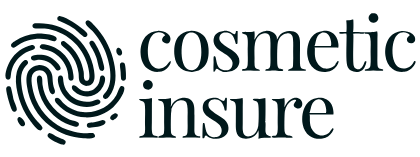You might not know that the duration of Botox effects can vary greatly from person to person, influenced by factors like your metabolism and lifestyle choices. Typically, you’ll see results lasting between 3 to 4 months, but there’s more to this story. How Botox works, the timeline for initial effects, and the peak period all play vital roles in determining how long you’ll enjoy smoother skin. Understanding these elements can help you make informed decisions about your treatment plan. Curious about how to maximise the longevity of your results? Let’s explore the key aspects together.
Key Takeaways
– Botox effects typically last 3-4 months before requiring maintenance.
– Duration is influenced by individual metabolism, lifestyle, and treated area.
– Initial effects appear in 24-48 hours, peaking at 7-14 days.
– Regular touch-ups every 3-4 months help maintain desired results.
– Healthy habits and proper skin care can prolong Botox effects.
Typical Duration of Botox
Typically, Botox injections last for about three to four months before their effects begin to wear off. This timeframe can vary based on individual factors like metabolism, lifestyle, and the specific area treated. Regular upkeep is key to sustaining the desired results. By following a consistent maintenance schedule, you can guarantee that your appearance remains smooth and youthful.
It’s essential to plan touch-up appointments around the three to four-month mark. These visits help in maintaining the efficacy of the treatment and prevent the reappearance of lines and wrinkles. During these sessions, your provider can assess the current state of your Botox and make any necessary adjustments.
Follow-up consultations play a critical role in the overall treatment plan. By scheduling these, you allow your provider to monitor your progress and make treatment adjustments as needed. These consultations ensure that the Botox continues to work effectively for you, providing the best possible results.
Incorporating these practices into your routine guarantees that you maximise the benefits of Botox. A well-structured maintenance schedule, coupled with timely touch-up appointments and regular follow-up consultations, will help you maintain your desired appearance consistently.
How Botox Works
Botox functions by blocking the nerve signals that trigger muscles to contract, thereby diminishing the visibility of wrinkles and fine lines. When administered into specific facial muscles, Botox initiates a temporary muscle paralysis. This muscle immobilisation prevents the muscles from engaging in the repetitive movements that contribute to the development of wrinkles and fine lines over time.
For those interested in cosmetic enhancement, Botox provides a significant aesthetic enhancement. By focusing on areas susceptible to dynamic wrinkles, such as the forehead, lines around the eyes, and frown lines between the eyebrows, Botox smoothes out these lines, offering a more youthful appearance. This renders it a sought-after anti-aging solution for individuals aiming to uphold a vibrant and revitalised look.
The procedure involves a meticulous evaluation of your facial structure to identify the exact injection points. The goal is to achieve a natural look without compromising facial expressions. It’s not solely about immobilising the muscles, but rather about skillfully moderating their activity to improve your overall appearance. This precise method guarantees you attain the desired cosmetic enhancement, establishing Botox as a dependable option for aesthetic enhancement and an efficient anti-aging remedy.
Initial Effects Timeline
You’ll start noticing the initial effects of Botox injections within 24 to 48 hours. Typically, you’ll observe a gradual reduction in fine lines and wrinkles as the Botox begins to relax the targeted muscles. During this early period, it’s important to follow any aftercare instructions provided by your healthcare professional to minimise the risk of complications and support the recovery process.
Common side effects can include mild swelling, redness, or bruising at the injection sites. These side effects usually subside within a few days. Some individuals may experience slight headaches or a feeling of tightness in the treated areas. If you encounter any severe or persistent side effects, it’s important to contact your healthcare provider immediately.
To effectively maintain results, you should consider following touch-up recommendations provided by your practitioner. Regular touch-ups are typically suggested every three to four months to sustain the desired aesthetic outcomes. Consistent follow-ups also help in monitoring your progress and making any necessary adjustments to your treatment plan. By adhering to these guidelines, you can prolong the youthful appearance achieved through Botox and guarantee that any minor side effects are managed promptly and efficiently.
Peak Effect Period
Reaching its peak effect around 7 to 14 days post-injection, Botox delivers its maximum wrinkle-smoothing benefits during this period. You’ll notice the most significant reduction in fine lines and wrinkles, achieving a refreshed and youthful appearance. This peak period is vital for evaluating how well the treatment aligns with your aesthetic goals.
During this time, it’s crucial to assess whether Botox has met your expectations. If you feel certain areas require further refinement, touch up options are available. These minor adjustments can fine-tune the results, making sure you achieve the desired level of cosmetic enhancements.
To maintain these best results, establishing a maintenance schedule is key. Most practitioners recommend follow-up treatments every 3 to 4 months. Keeping a consistent schedule helps sustain the wrinkle-reducing effects and prevents the return of fine lines. By sticking to a regular maintenance plan, you guarantee that your aesthetic goals are consistently met.
Monitoring your skin’s response during this peak period allows you and your practitioner to make informed decisions about future treatments. This proactive approach guarantees you continually enjoy the benefits of Botox while meeting your long-term cosmetic enhancement objectives.
Gradual Decline Phase
As the peak effect of the treatment begins to wane, you’ll notice a gradual return of fine lines and wrinkles over the following months. This phase is normal and signifies the slow progression of muscle activity resuming in the treated areas. Your skin elasticity will play a pivotal role during this period, impacting how quickly wrinkles reappear.
During the gradual decline phase, the changes might be subtle at first. You may find that:
– Muscle contractions slowly become more noticeable: This is because the neurotoxin’s effects are wearing off, allowing muscles to regain their activity.
– Fine lines and wrinkles start to re-emerge: Initially faint, these lines can become more prominent as the months progress.
– Skin may feel slightly less firm: Due to the reduction in the smoothing effect of the Botox.
– Long term maintenance becomes essential: To retain the desired look, you might consider scheduling follow-up treatments as recommended by your physician.
Recognising this phase is crucial for planning your long term maintenance strategy. Regular consultations with your dermatologist can help you fine-tune the timing of subsequent injections to manage the slow progression of muscle activity and maintain ideal skin elasticity.
Factors Affecting Longevity
Several factors can significantly influence how long the effects of Botox injections last. One of the primary considerations is muscle strength. If you have stronger facial muscles, the Botox may not last as long because these muscles can more quickly override the effects of the injection.
Another important factor is your metabolism rate. A faster metabolism can break down Botox more swiftly, leading to a shorter duration of its effects.
Environmental factors also play a significant role. Exposure to high levels of pollution or UV rays can accelerate the degradation of Botox in your skin. To maximise the longevity of your Botox results, effectively managing these environmental factors is crucial.
Adherence to post-care instructions is equally important. After receiving Botox injections, you should follow your practitioner’s post-care guidelines meticulously. This can include avoiding strenuous exercise, steering clear of hot environments like saunas, and not lying down for a few hours post-treatment. Neglecting these recommendations can lead to a quicker dissipation of Botox’s effects.
Age and Skin Condition
How does your age and skin condition impact the effectiveness and duration of Botox injections?
Your age and the condition of your skin play pivotal roles in determining how long Botox will last and how effective it will be. As you grow older, your skin’s elasticity and collagen production naturally decline. This decrease can influence how well your skin responds to Botox treatments.
Skin elasticity: Younger skin tends to have better elasticity, allowing Botox to work more effectively and last longer. Older skin, with less elasticity, may not hold the effects as well.
Collagen production: Higher levels of collagen in younger skin help maintain the smoothness achieved by Botox, prolonging its effects. Reduced collagen levels in ageing skin can shorten the duration.
Wrinkle severity: If you have deeper, more severe wrinkles, Botox mightn’t last as long because the muscle movement in those areas is more pronounced. Milder wrinkles generally respond better to treatment.
Muscle movement: High levels of muscle activity can diminish the longevity of Botox. Individuals with more dynamic facial expressions may find that their treatments wear off faster.
Lifestyle and Habits
Your lifestyle and daily habits greatly influence the effectiveness and duration of Botox injections. Engaging in healthy habits greatly impacts how long the results will last. For instance, smoking and excessive alcohol consumption can accelerate the breakdown of Botox in your body, reducing its longevity. Conversely, maintaining a balanced diet rich in antioxidants and staying hydrated can help prolong the effects.
A consistent skincare routine is another vital factor. Using high-quality moisturisers, serums, and sunscreens can protect your skin and enhance the benefits of Botox. Sun exposure can cause premature ageing and diminish Botox’s effects, so applying a broad-spectrum sunscreen daily is essential.
Additionally, incorporating retinoids and peptides into your skincare routine can support skin health and extend the duration of your treatment.
Regular exercise is beneficial for overall health, but intense physical activity can sometimes cause Botox to wear off more quickly. Moderation is key; while staying active is essential, balance it with rest to maximise your Botox results.
Frequency of Treatments
Determining the perfect frequency of Botox treatments depends on individual factors such as metabolism, skin condition, and specific treatment goals. Typically, Botox’s effects last between three to six months. However, to maintain excellent results, you’ll need to establish a consistent treatment interval. It’s crucial to consult with your healthcare provider to tailor a maintenance schedule that aligns with your unique needs.
When considering how often you should receive Botox injections, take into account the following factors:
– Metabolism: Those with faster metabolisms may find that Botox wears off more quickly, requiring shorter intervals between treatments.
– Severity of Wrinkles: Deeper or more pronounced wrinkles may necessitate more frequent sessions to maintain smoother skin.
– Lifestyle: Factors such as physical activity levels and sun exposure can impact how long Botox remains effective.
– Previous Treatments: Your response to previous Botox injections can provide valuable insights into the best timing for future sessions.
Tips for Prolonging Results
To maximise the durability of your Botox results, integrate a few key practices into your routine. Start by establishing a diligent skincare routine. Cleansing, moisturising, and using products with ingredients like hyaluronic acid can enhance skin hydration and elasticity, which supports the effects of Botox.
Regular maintenance is essential; make sure you’re consistent with treatments and follow-up appointments as recommended by your practitioner.
Healthy habits play a significant role in prolonging Botox results. Prioritise a balanced diet rich in antioxidants and vitamins, which help maintain overall skin health. Staying hydrated by drinking plenty of water also aids in keeping your skin supple and resilient.
Additionally, avoid excessive alcohol and smoking, as these can accelerate skin ageing and counteract Botox benefits.
Sun protection is another important factor. Daily application of a broad-spectrum sunscreen with at least SPF 30 can prevent UV damage, which degrades collagen and speeds up the appearance of wrinkles. Wearing hats and sunglasses provides added protection.
Frequently Asked Questions
Is It Safe to Combine Botox With Other Cosmetic Treatments?
Combining treatments can be safe if you consult your doctor. They’ll evaluate your specific case and address any safety concerns. Always make sure a professional administers both Botox and other treatments to minimise risks.
What Are the Common Side Effects of Botox Injections?
Imagine a peaceful meadow disrupted by a brief storm. Common side effects of Botox include minor swelling, bruising, and headaches. These typically fade quickly, ensuring your long-term results remain intact while the recovery process is smooth.
Can Botox Be Used to Treat Medical Conditions?
Yes, Botox can be used to treat medical conditions. Its medical benefits include treatment options for chronic migraines, overactive bladder, excessive sweating, and muscle spasms, providing relief and improving quality of life for patients.
How Soon Can I Resume Normal Activities After Botox?
Jump back in the saddle quickly; recovery time post injection is minimal. You can resume most normal activities almost immediately, but avoid exercise restrictions for at least 24 hours to guarantee the best results.
What Should I Do if I’m Unsatisfied With My Botox Results?
If you’re unsatisfied with your Botox results, schedule a consultation appointment to discuss revision options. Effective communication with your provider can also explore alternative treatments to achieve your desired outcome.
Conclusion
So, you’ve got the lowdown on Botox. Remember, its effects last around 3-4 months, with the initial sparkle kicking in at 24-48 hours and peaking at 7-14 days.
Regular touch-ups keep your results on point. Factors like age, skin condition, and lifestyle play a role too. Stay consistent with your appointments and follow your specialist’s advice to keep that youthful vibe.
Botox might be temporary, but with the right care, you’ll keep looking fab!




